Flying coach feels a bit like being packed into a sardine can these days, especially on those cross-country flights where your knees are practically kissing the seat in front of you. Meanwhile, passengers up in first class are stretching out with their complimentary drinks and actual legroom. The good news is that scoring an upgrade doesn’t always require emptying your bank account or having elite status with every airline under the sun.
Getting bumped up to business or first class used to be mostly about luck and timing. These days, airlines have gotten smarter about monetizing those empty premium seats, but that also means more opportunities for savvy travelers to snag them at a fraction of the regular price.
Here’s a list of 16 proven strategies that can help you score flight upgrades without breaking the bank.
Join the Airline’s Loyalty Program
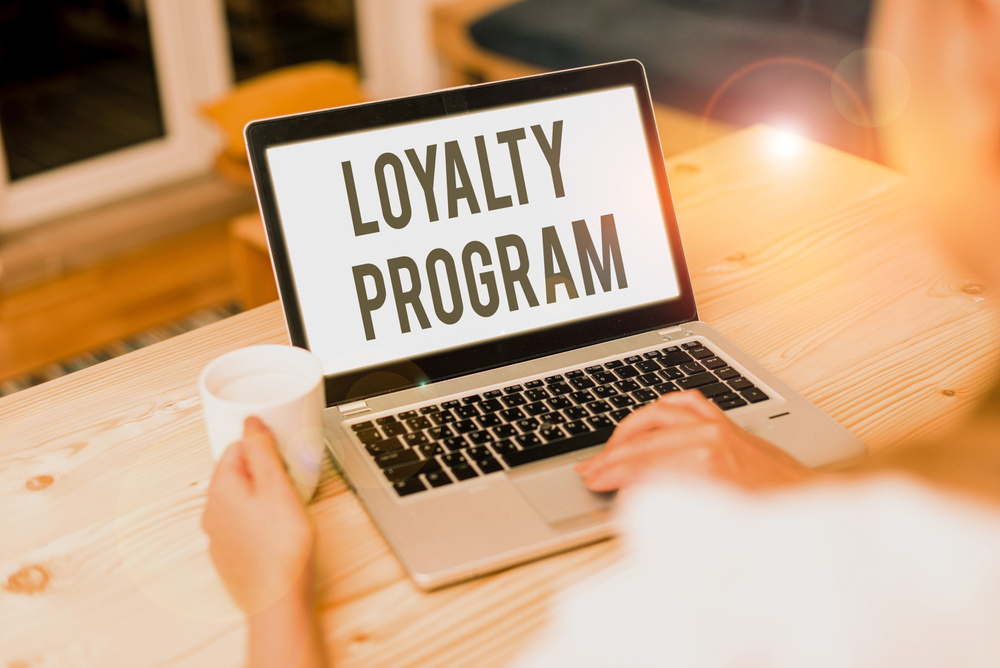
Even basic membership in an airline’s frequent flyer program puts you ahead of non-members when upgrade lists get processed. Airlines prioritize their own customers first, so that a free membership card acts like a VIP pass in the upgrade lottery. You don’t need to fly constantly to benefit either — just having status as a program member can make the difference between staying in coach and getting called up to premium economy. Think of it like being a regular at your local coffee shop; they’re going to take care of you before they help the random person who wandered in off the street.
Book Directly with the Airline
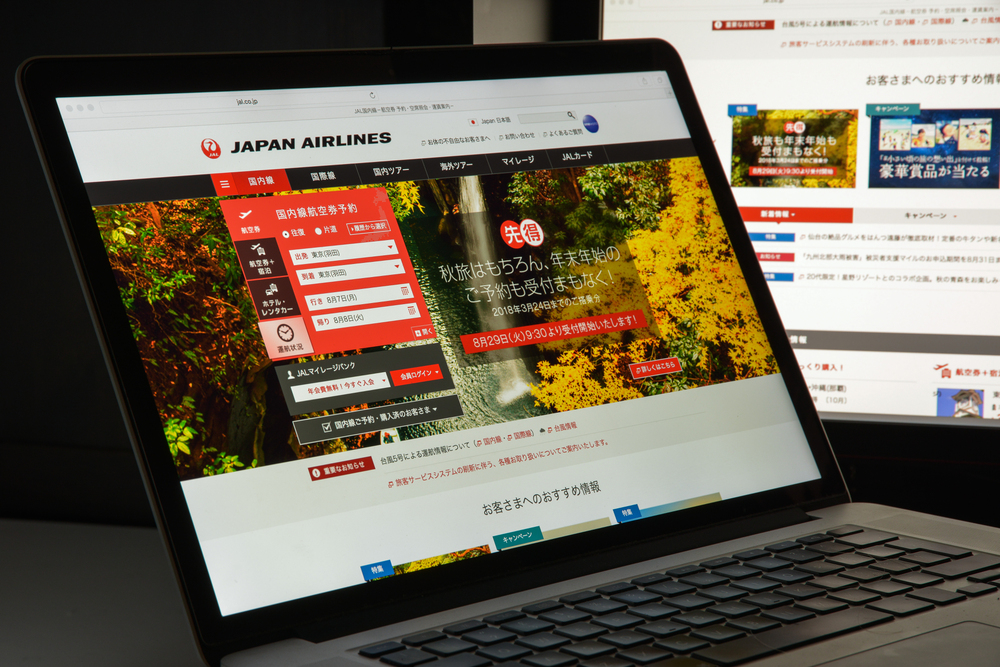
— Photo by Casimiro_PT
Travel booking sites might offer convenience, but they can actually hurt your upgrade chances since you’re technically a third-party customer. Airlines give preference to passengers who booked directly through their website or app because it shows loyalty and cuts out the middleman fees. Plus, when you book directly, your profile is fully integrated with their system, making it easier for gate agents to see your travel history and preferences. It’s like the difference between calling a restaurant directly versus using a delivery app — the restaurant is going to prioritize its direct customers every time.
Check Upgrade Prices at Booking
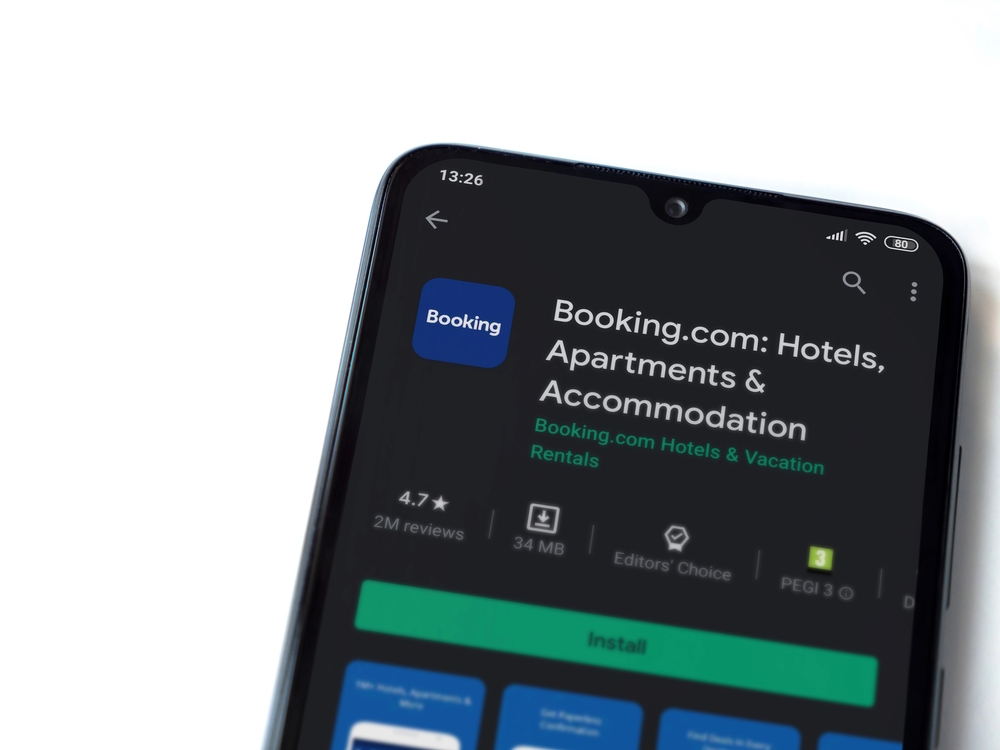
— Photo by wavemoviesmw
Many airlines now show upgrade pricing right during the booking process, often at significantly lower rates than what they’ll charge later. These initial upgrade offers can be 50% to 70% cheaper than gate prices because airlines want to lock in revenue early. The system works like early bird pricing at concerts — the closer you get to showtime, the more expensive those premium seats become. Even if the price seems steep initially, compare it to what business class would have cost from the start, and you might find a genuine bargain hiding in plain sight.
Use Airline Credit Cards Strategically
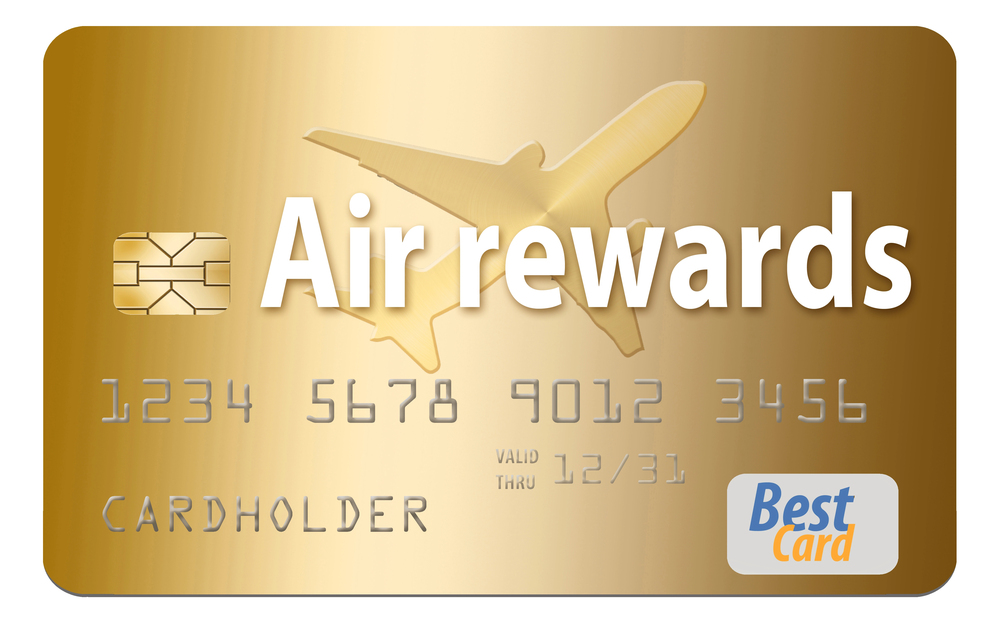
Airline-branded credit cards often come with automatic upgrade benefits that kick in even for basic cardholders. These perks might include complimentary upgrades on certain routes, priority upgrade lists, or discounted upgrade pricing that’s only available to cardholders. Some cards also offer annual upgrade certificates that you can use like golden tickets throughout the year. The annual fee might seem like a lot upfront, but if you fly that airline even a few times per year, the upgrade benefits alone can pay for the card several times over.
Bid for Upgrades Through Airline Apps
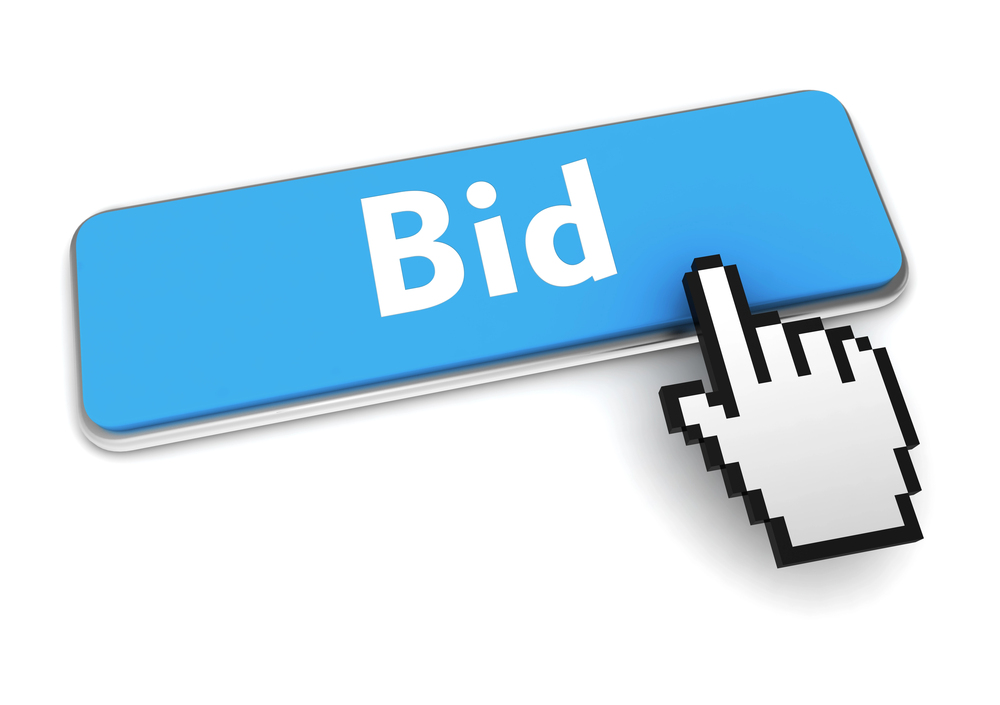
Most major airlines now run upgrade auctions where you can bid on premium seats starting a few days before departure. The minimum bids are usually pretty reasonable — sometimes just $50 to $100 for domestic flights that would normally cost $300+ to upgrade at the gate. The key is bidding strategically; aim for about 20% to 30% of what a full-price upgrade would cost, and you’ll often win without overpaying. It’s like bidding on eBay — you want to be competitive but not so eager that you end up paying retail price anyway.
Fly During Off-Peak Times

Tuesday and Wednesday flights typically have more empty premium seats because business travelers stick to Monday and Friday departures. Airlines are more generous with upgrades when they’re trying to fill those premium cabins that would otherwise fly half-empty. Early morning and late evening flights also tend to have better upgrade availability since most people prefer convenient departure times. Think of it like shopping for produce at the grocery store — you get the best deals when you’re willing to shop at times when everyone else is busy doing other things.
Check in Exactly 24 Hours Early
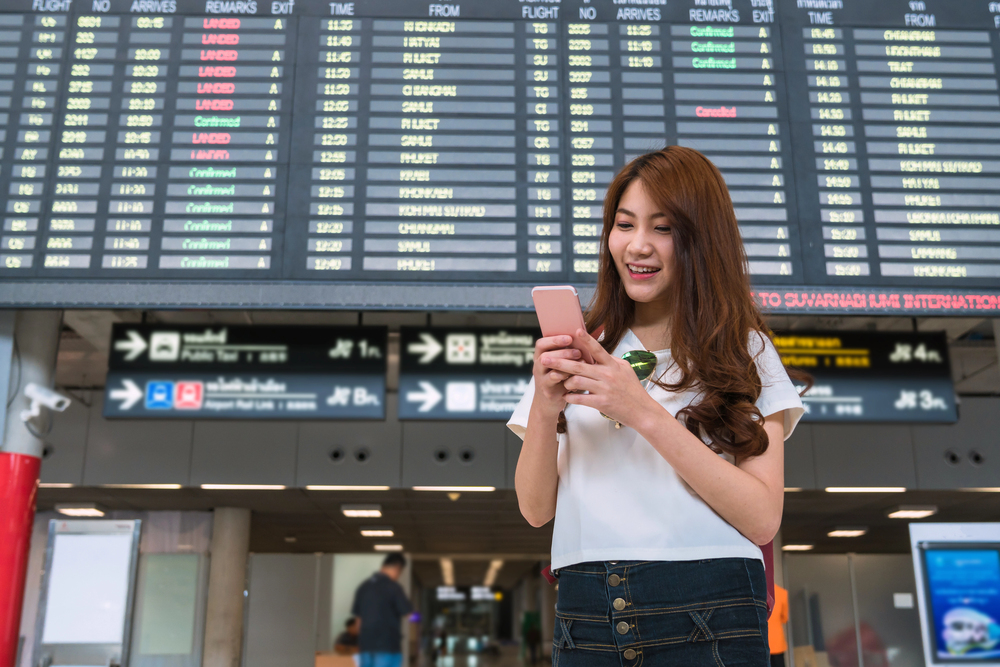
Online check-in opens exactly 24 hours before departure, and that’s when airlines start processing their upgrade lists in earnest. Being among the first to check in can bump you higher on the standby list, especially if you’ve got any kind of status or credit card benefits. Set a phone alarm if you need to — those few minutes can make the difference between getting the upgrade or watching someone else claim that last premium seat. It’s like waiting in line for concert tickets; position matters, and the early bird really does get the worm.
Arrive at the Gate Early
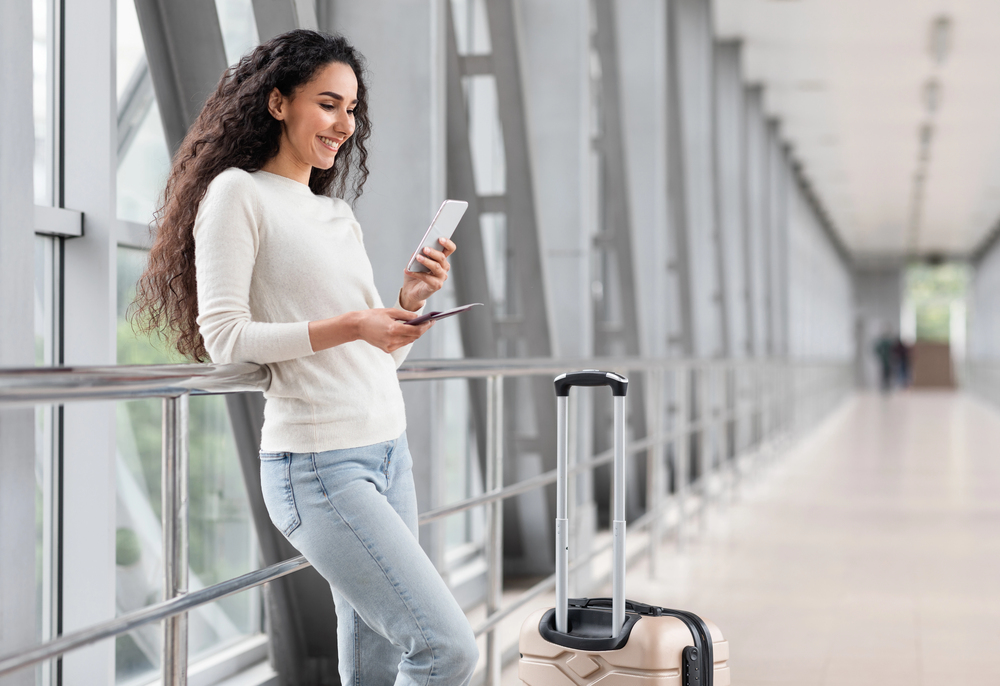
Gate agents have more flexibility to offer upgrades before boarding begins, and they appreciate passengers who give them time to work their magic. Showing up 30 to 45 minutes before boarding starts puts you in a prime position if any last-minute upgrades become available. Plus, gate agents can see immediately that you’re present and ready to move seats if needed, rather than hunting around the terminal for absent passengers. Early arrival also lets you politely introduce yourself to the gate staff, which never hurts when upgrade decisions are being made.
Dress the Part
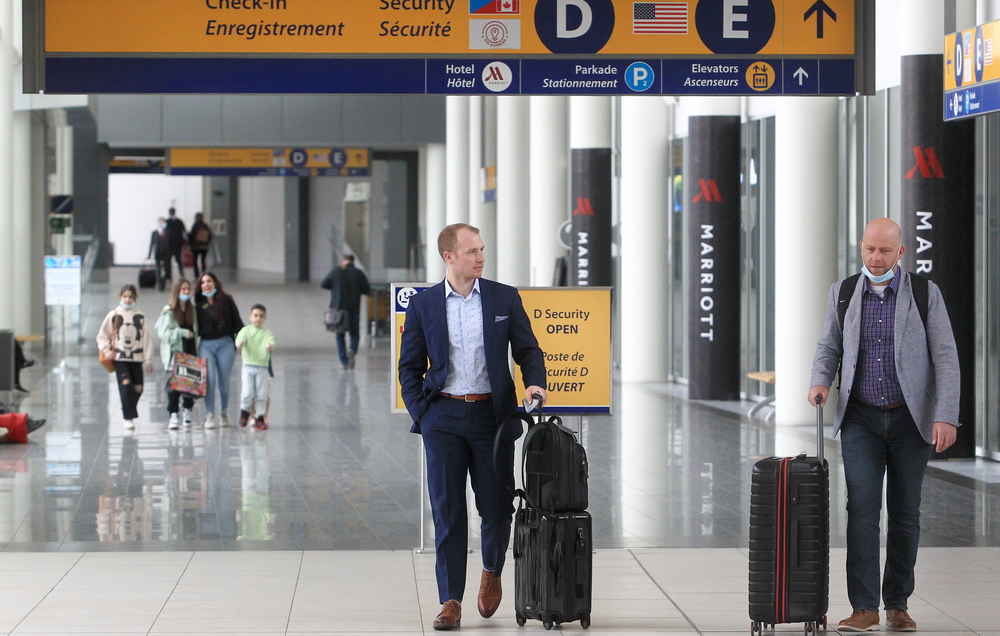
— Photo by brendanmiller.jpg
While airlines don’t officially have dress codes for upgrades, gate agents are human beings who make quick judgments about whether passengers will fit in with the premium cabin crowd. Clean, business-casual attire suggests you belong in first class, while flip-flops and wrinkled shorts might work against you. You don’t need to wear a three-piece suit, but looking put-together shows respect for the upgrade opportunity and makes gate agents more comfortable bumping you up. Think of it like job interview attire — you’re presenting yourself as someone who deserves that premium seat.
Be Polite to Gate Agents
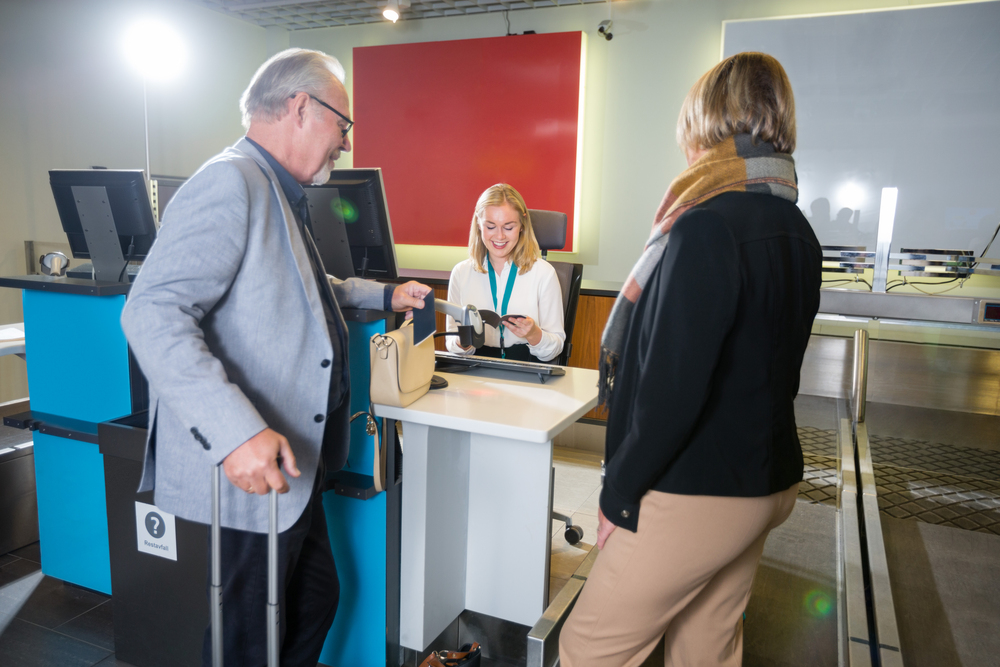
Gate agents deal with frustrated travelers all day long, so a friendly attitude and genuine politeness can work wonders for your upgrade chances. These folks have discretionary power over seating assignments, and they’re much more likely to help someone who treats them with respect and kindness. A simple ‘thank you’ and acknowledging that you understand they’re busy can set you apart from the crowd of demanding passengers. Remember, gate agents are the gatekeepers to your upgrade dreams, so treat them like the valuable allies they are.
Travel Alone
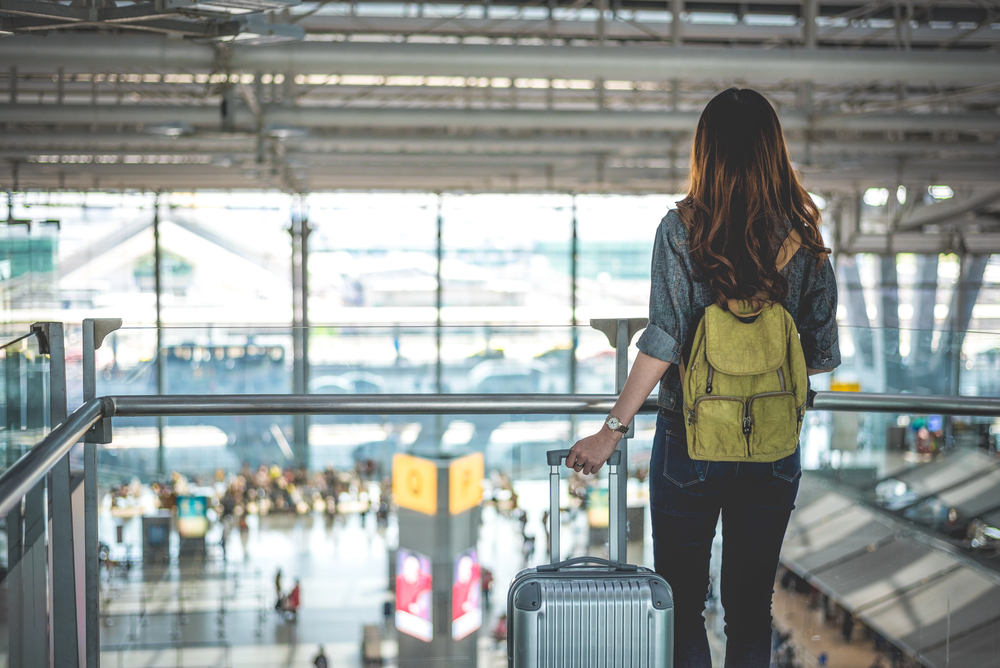
Airlines find it much easier to upgrade solo travelers since they only need to find one premium seat rather than keeping couples or families together. If you’re traveling with companions, consider asking to be split up temporarily for upgrade purposes — you can always move back together if upgrades aren’t available for everyone. Solo travelers also get priority on last-minute upgrades when airlines need to accommodate operational changes or overbooking situations. It’s simple math: one seat is easier to fill than two or three seats side by side.
Book Flights That Connect Through Airline Hubs
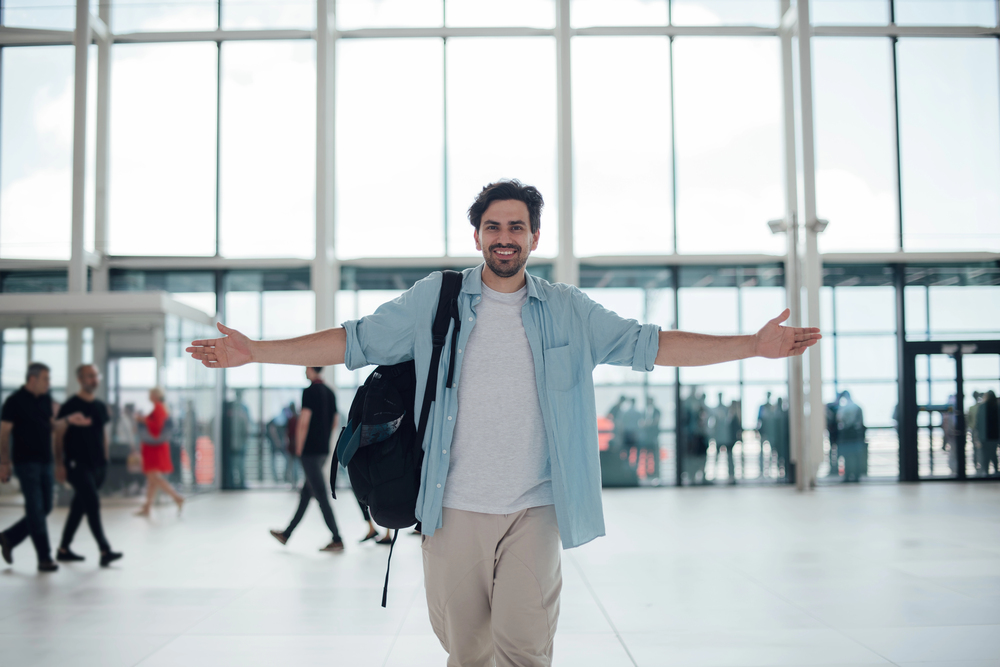
Hub airports see higher volumes of the airline’s premium passengers, which means more opportunities for operational upgrades and last-minute changes. Airlines also staff their hub locations with more experienced personnel who have greater authority to make upgrade decisions. Connecting through hubs like Atlanta for Delta or Chicago for United puts you in the airline’s home territory, where they’re most motivated to keep customers happy. Plus, hub flights often have larger aircraft with more premium seats available for potential upgrades.
Monitor Seat Maps Before Departure
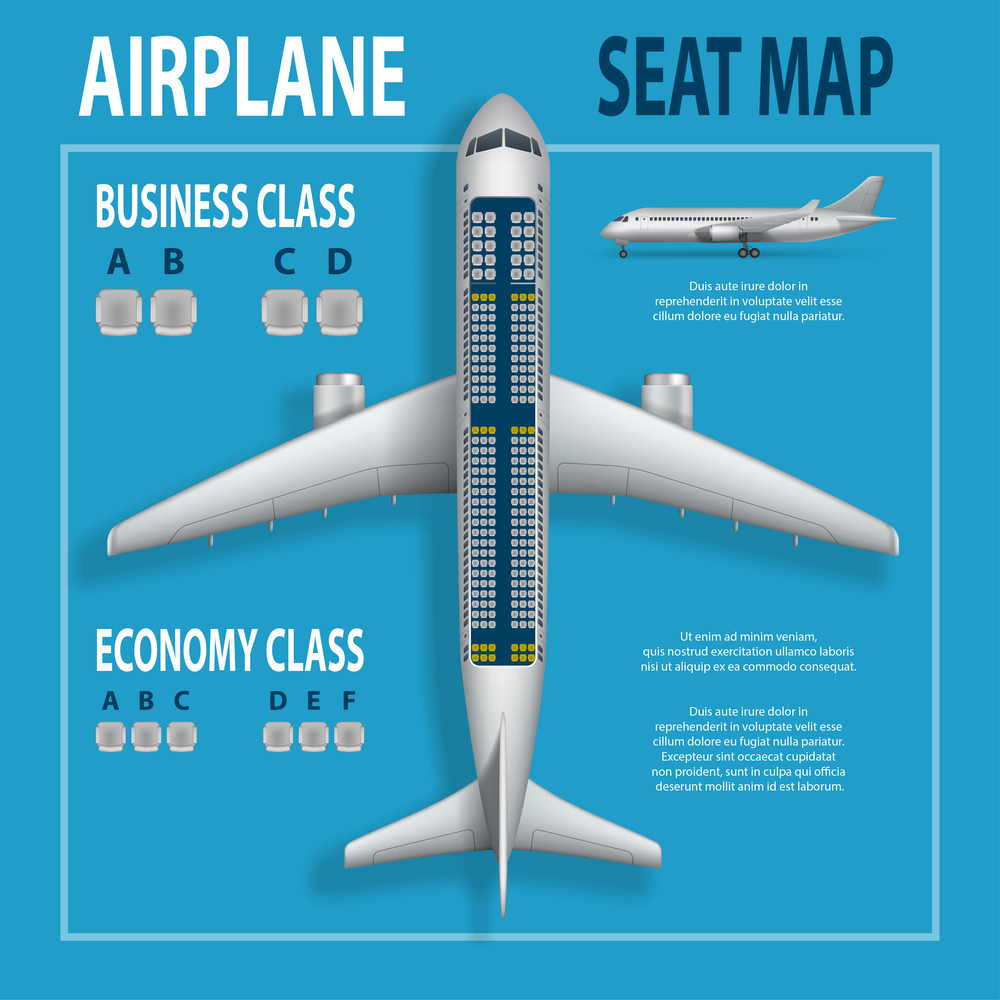
Airlines typically release unsold premium seats for upgrade 24 to 48 hours before departure, so checking the seat map regularly can reveal upgrade opportunities. If you see lots of empty seats in business or first class, your chances of getting bumped up increase dramatically. Some airlines even send push notifications through their apps when upgrade opportunities become available for your specific flight. It’s like watching the weather forecast — the more information you have, the better you can plan your strategy.
Consider Operational Upgrades
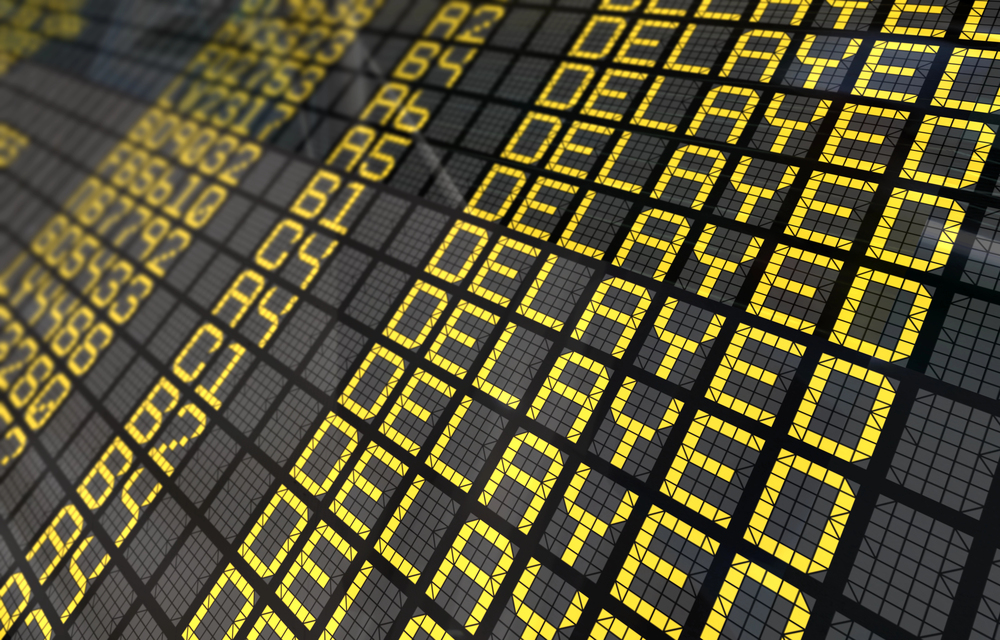
When flights get delayed, cancelled, or aircraft get swapped, airlines often need to re-accommodate passengers quickly and may offer upgrades to smooth over the inconvenience. Mechanical issues or weather delays can actually work in your favor if you stay flexible and positive about the situation. Airlines appreciate passengers who roll with the punches during operational challenges, and they’ll often reward that flexibility with better seats or upgrade opportunities. Sometimes, a little travel chaos can be your ticket to the front of the plane.
Use Miles for Cheap Upgrades
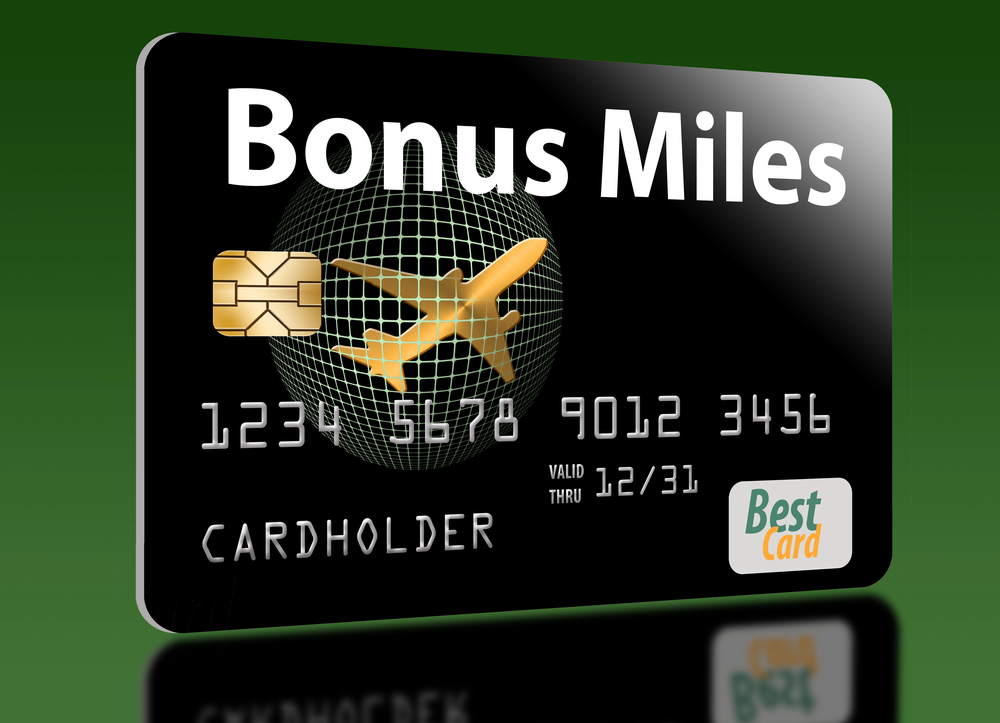
Most airline loyalty programs offer upgrade awards that cost significantly fewer miles than booking premium class outright. These upgrade awards are often the best value in the entire mileage program, giving you first-class treatment for a fraction of what those seats normally cost. The trick is booking upgrade-eligible fares and having miles available when upgrade space opens up. Even if you don’t fly frequently, many airline credit cards offer generous sign-up bonuses that can provide enough miles for several upgrades throughout the year.
Ask About Same-Day Upgrades at Check-In
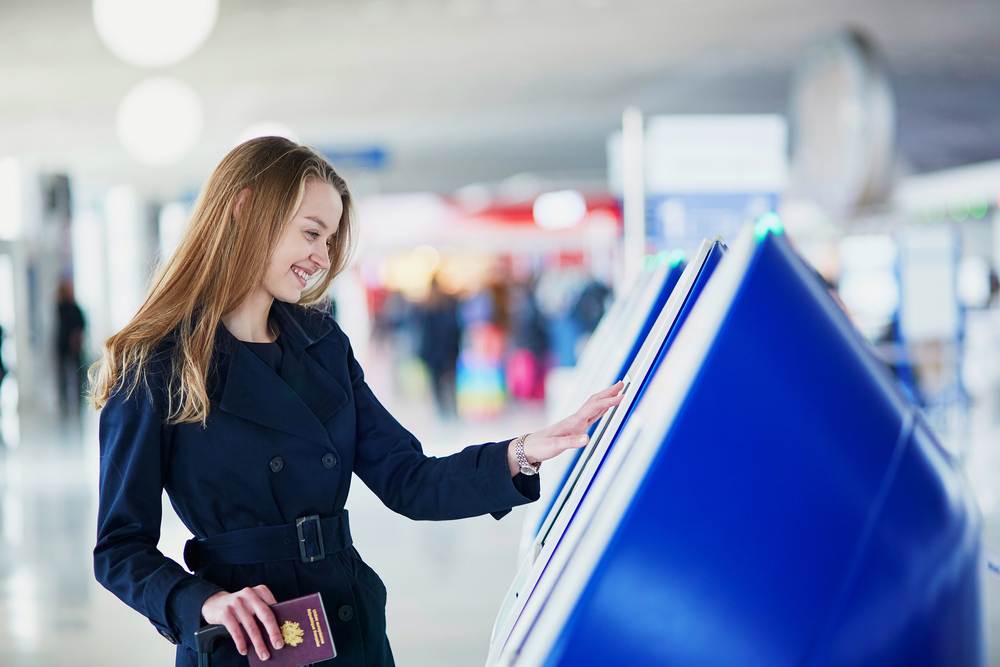
Many airlines offer discounted same-day upgrade pricing that’s only available at airport kiosks or check-in counters, not online. These prices are typically 30% to 50% lower than gate upgrade costs because airlines want to fill premium seats early in the departure process. Airport check-in also gives you face-to-face interaction with airline staff who might have additional upgrade options or insider knowledge about seat availability. Sometimes the simple act of asking, “Are there any upgrade opportunities for this flight?” can uncover deals that aren’t advertised anywhere else.
The New Reality of Premium Travel
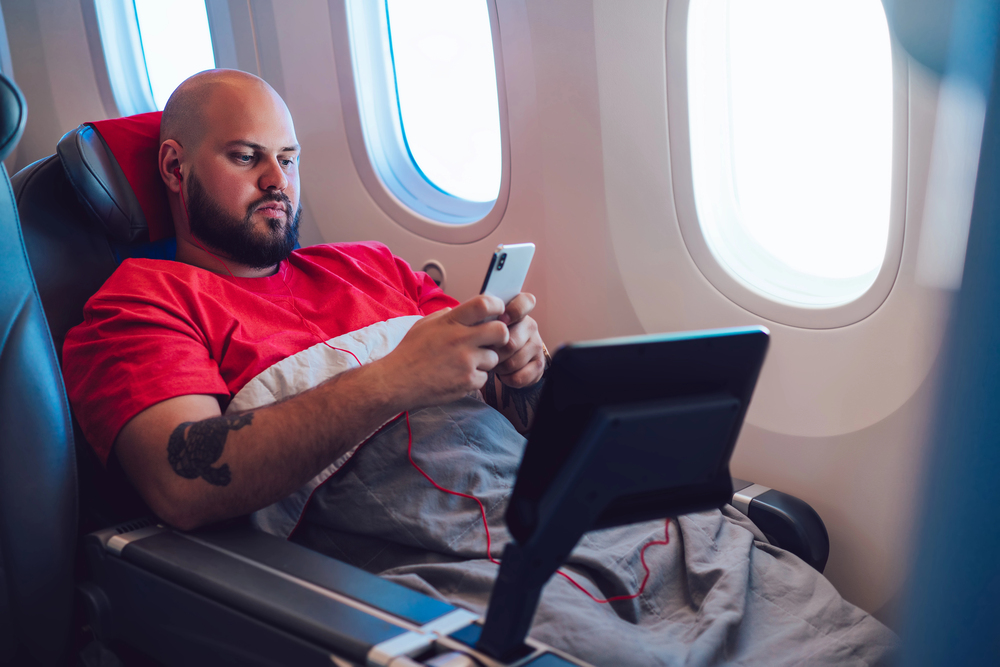
The airline industry has transformed dramatically from the days when upgrades were handed out like party favors to anyone wearing a suit and tie. Today’s carriers have sophisticated revenue management systems that squeeze every dollar from those premium seats, but they’ve also created more pathways for budget-conscious travelers to access luxury amenities. The rise of the basic economy has actually made the traditional economy feel more premium by comparison, while new bidding systems and flexible pricing give passengers more control over their upgrade destiny.
Smart travelers who understand these systems can still score significant savings on premium experiences. The key is combining multiple strategies and staying flexible about when and how you fly. Whether it’s earning status through credit card spending, timing your bookings strategically, or simply treating airline staff with courtesy and respect, the upgrade game rewards preparation and persistence more than pure luck these days.
More from Travel Pug

- 20 Best Beach Towns in the Carolinas
- 13 Destinations Where Tourists Regularly Regret Their Trip
- 20 Things You Actually Get in First Class
- 20 Small Airports With Aviation Museums
- 20 Places in the U.S. That Are Perfect for a Reset Trip
Like Travel Pug’s content? Follow us on MSN.
